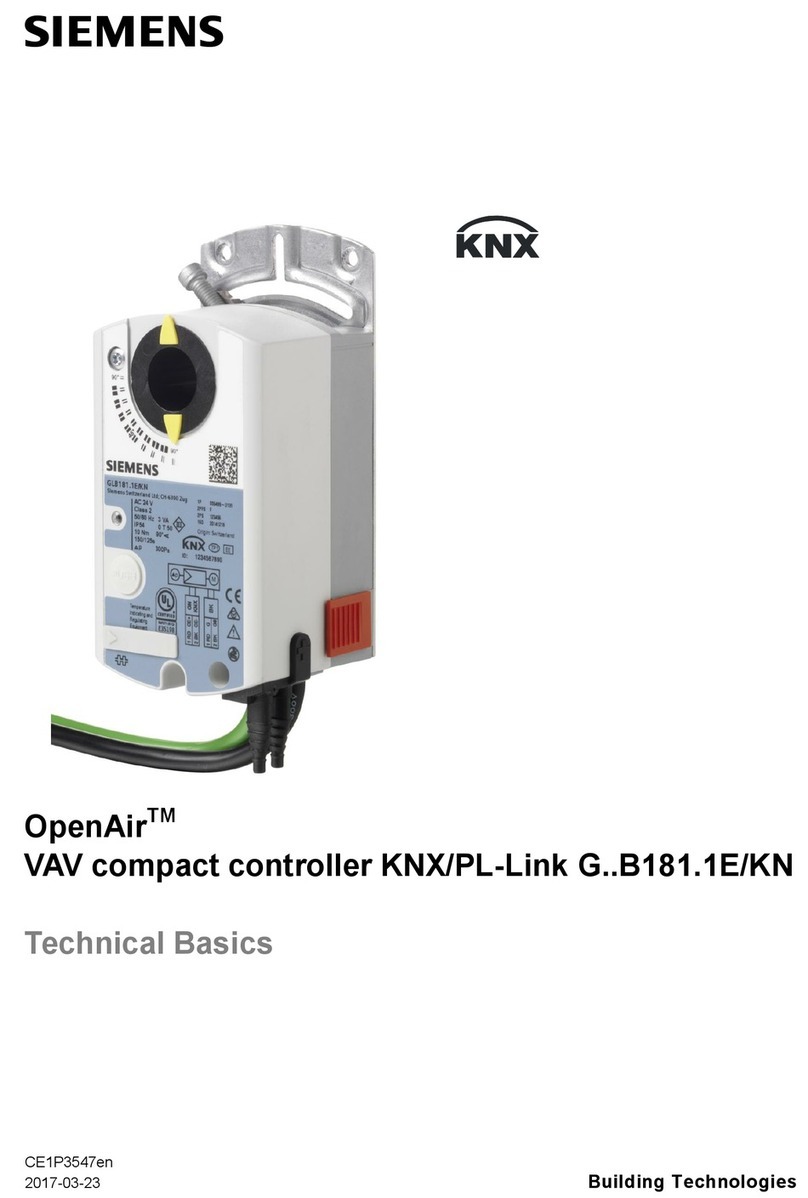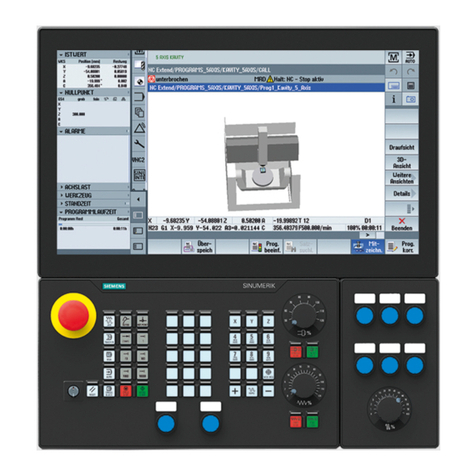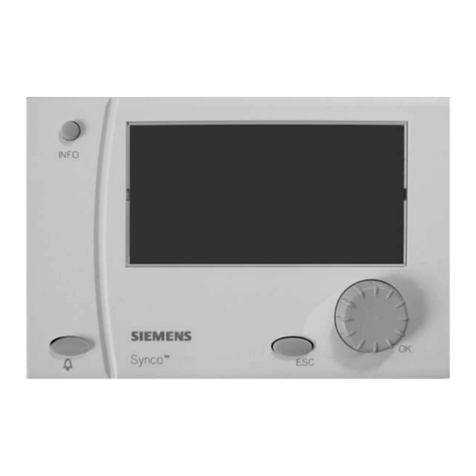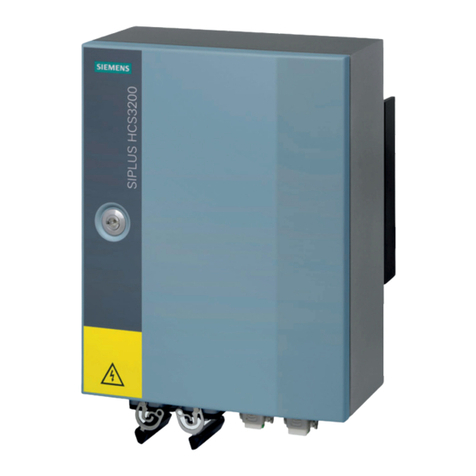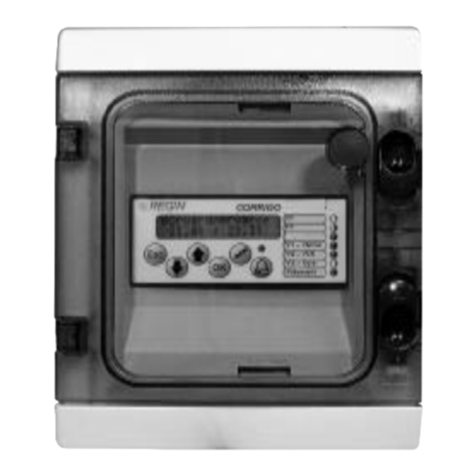Siemens Desigo PXC4.M16 User manual
Other Siemens Controllers manuals
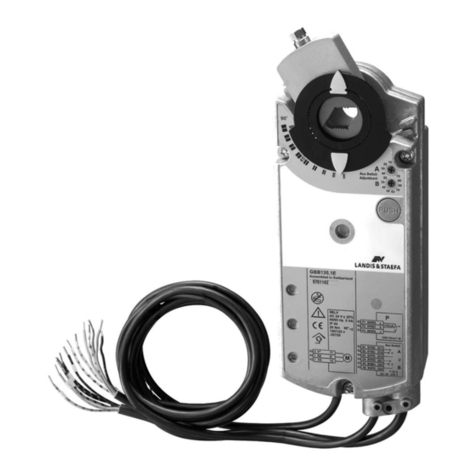
Siemens
Siemens GIB 1 Series User manual
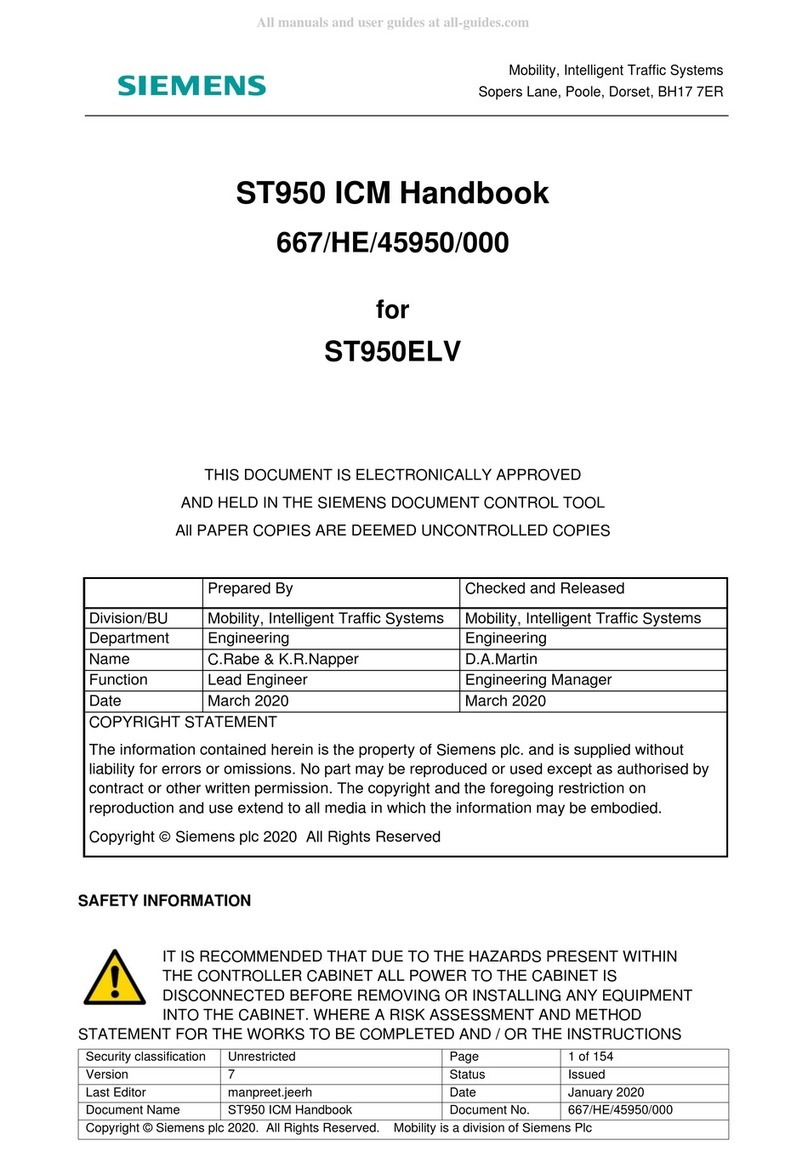
Siemens
Siemens ST950ELV User manual
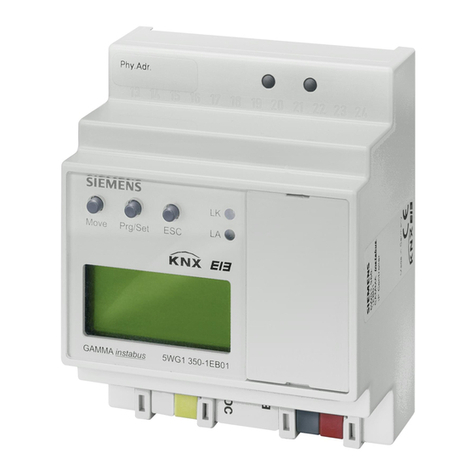
Siemens
Siemens IP Controller N350E User manual
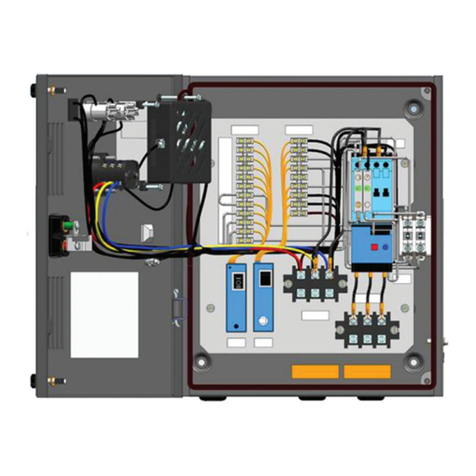
Siemens
Siemens RAJA+ 3TE7 DOL Guide
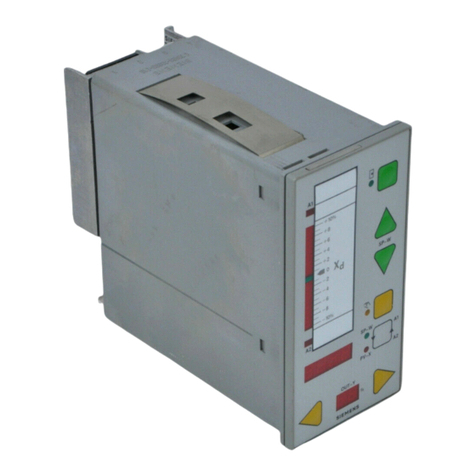
Siemens
Siemens SIPART DR20 Technical manual
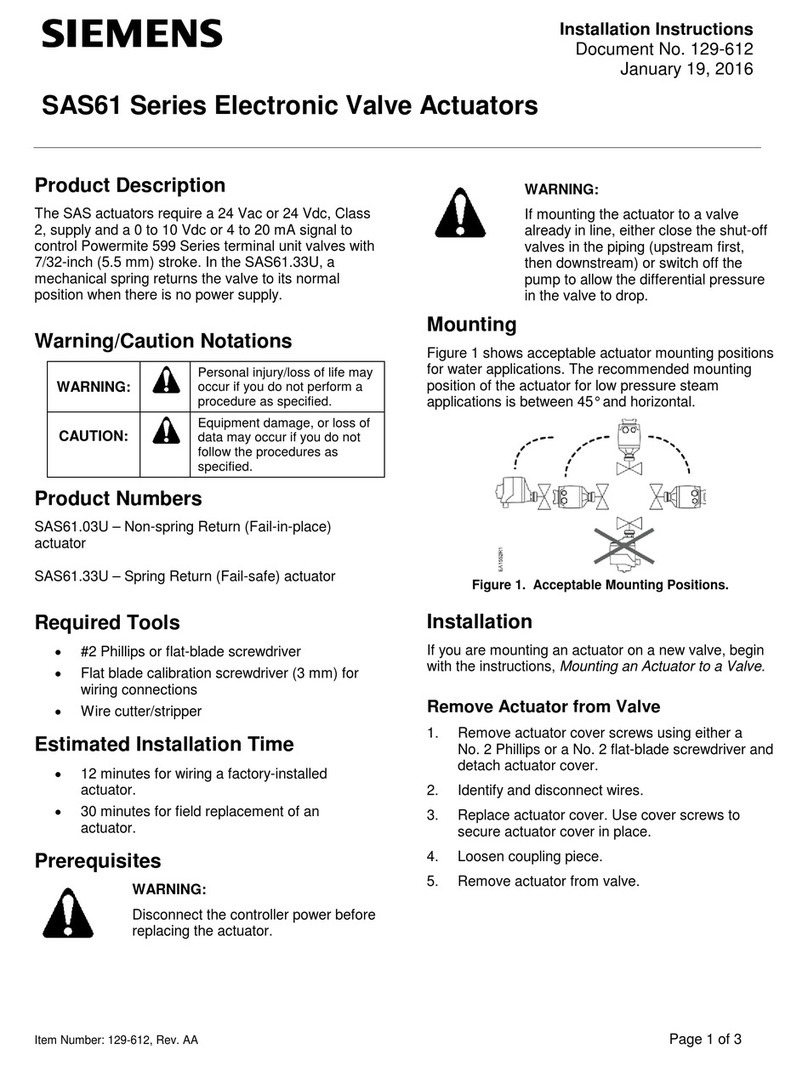
Siemens
Siemens SAS61.03U User manual
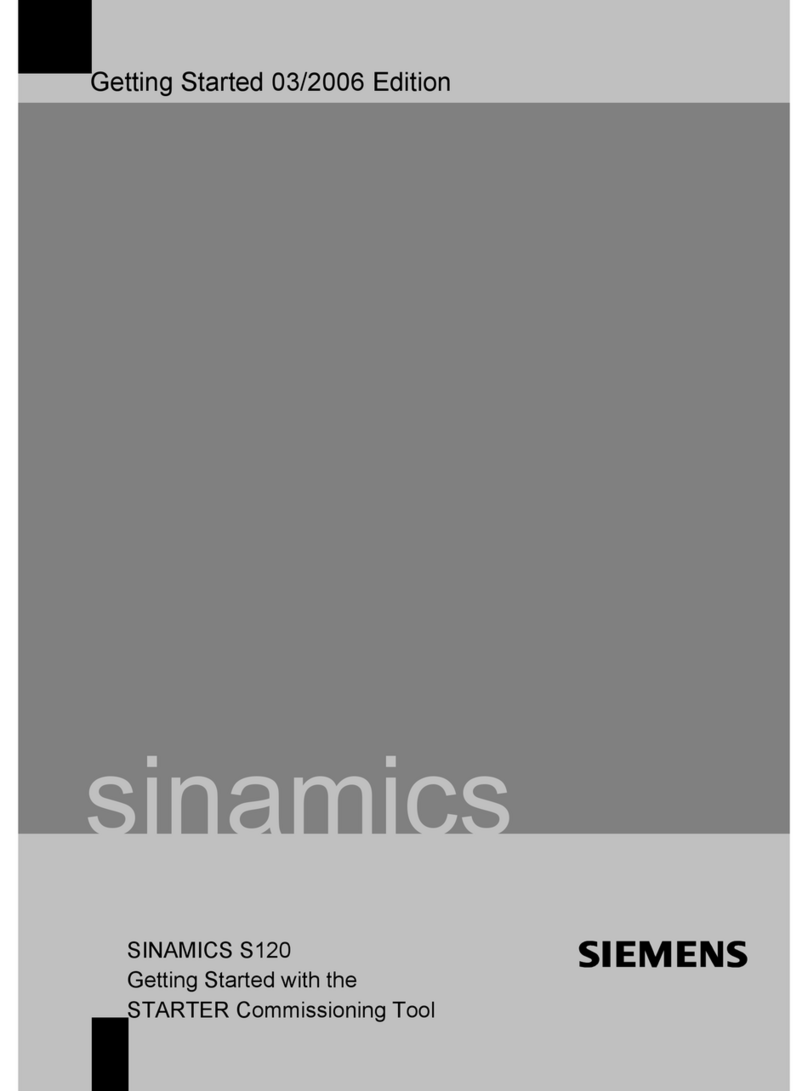
Siemens
Siemens SINAMICS S120 User manual
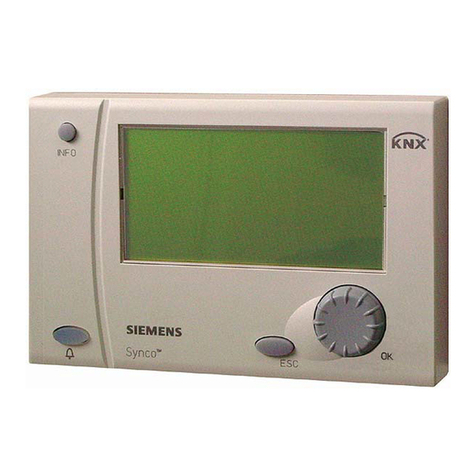
Siemens
Siemens RMZ791 User manual

Siemens
Siemens SITRANS S7-300 User manual
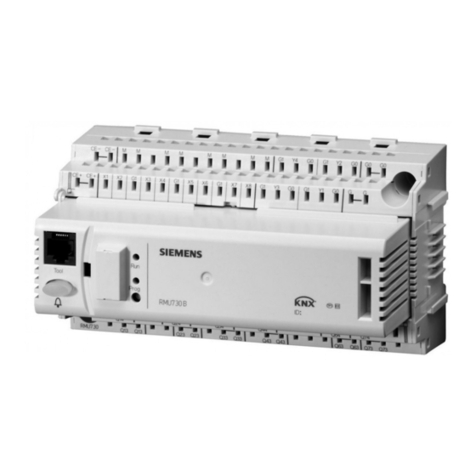
Siemens
Siemens RMU7 Sereis User manual
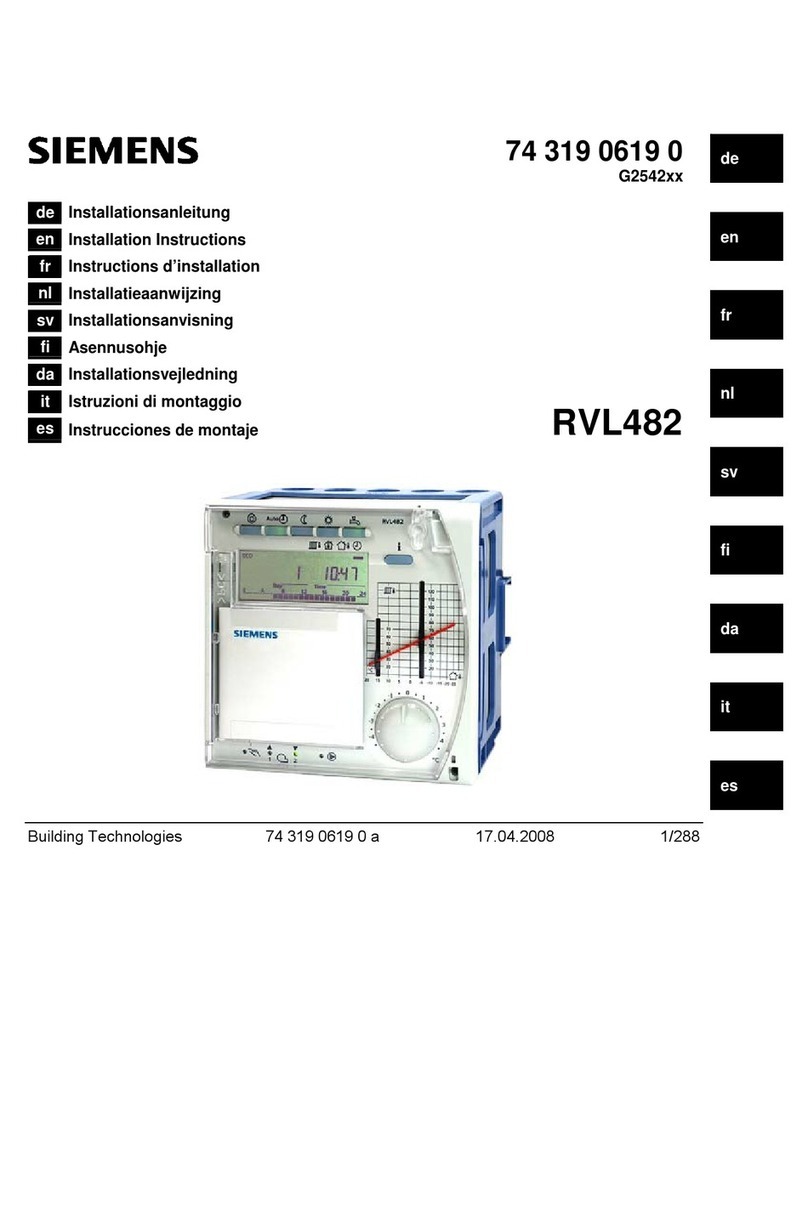
Siemens
Siemens RVL482 User manual
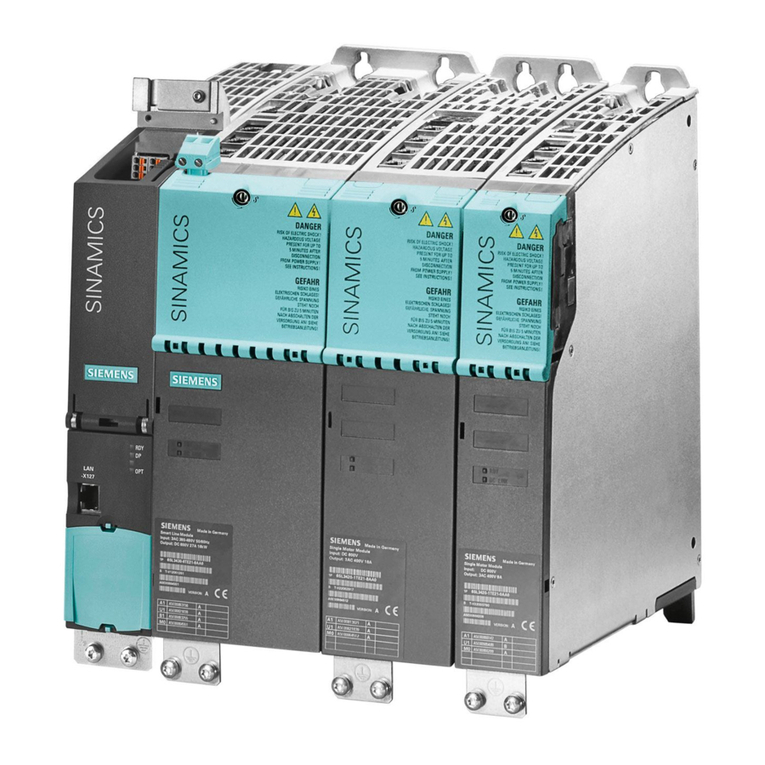
Siemens
Siemens SINAMICS S120 Quick start guide
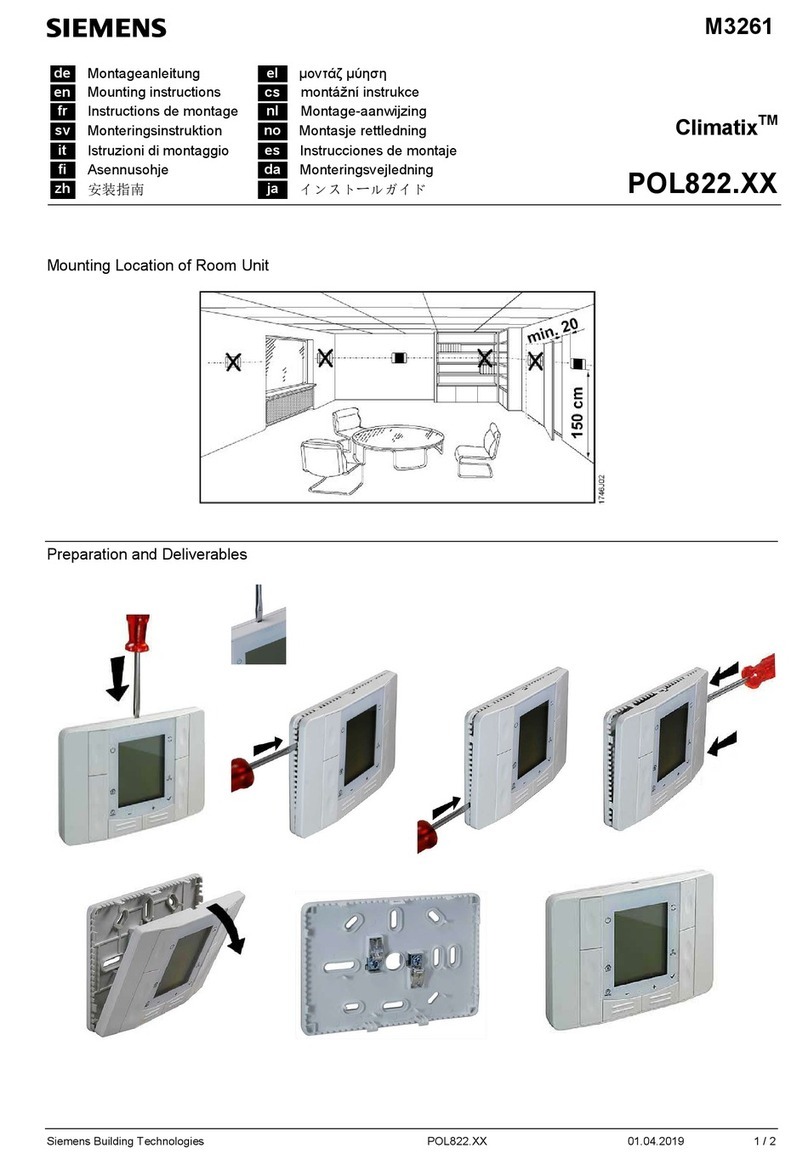
Siemens
Siemens Climatix POL822 User manual
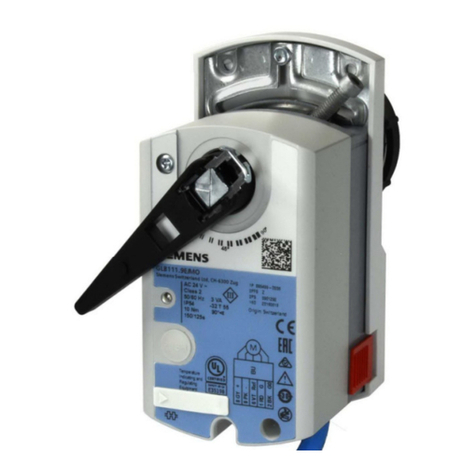
Siemens
Siemens Acvatix G B111.9E/MO Series User manual
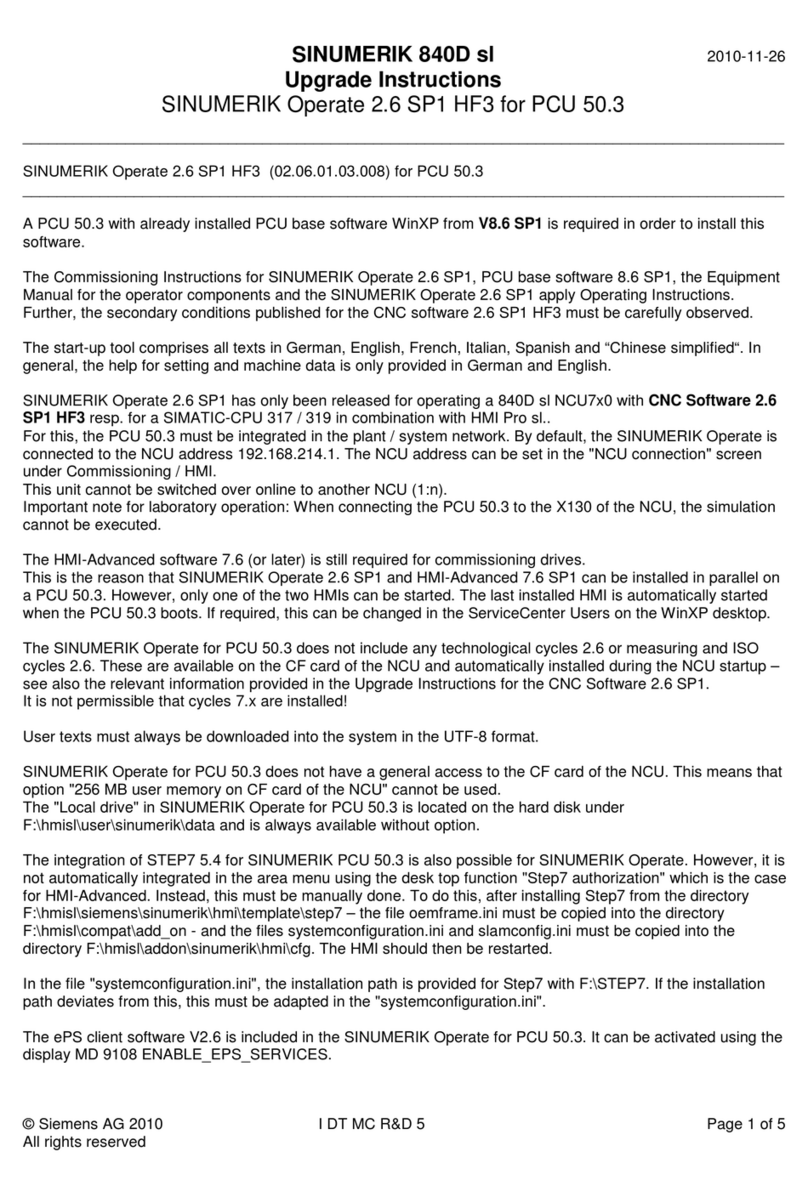
Siemens
Siemens SINUMERIK 840D sl Quick start guide

Siemens
Siemens SQN72 Series User manual

Siemens
Siemens SIMATIC S7-1200 User manual

Siemens
Siemens SINAMICS S120 User manual
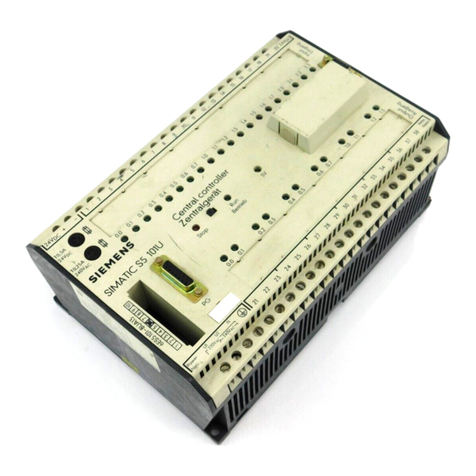
Siemens
Siemens Simatic S5-101U Installation manual
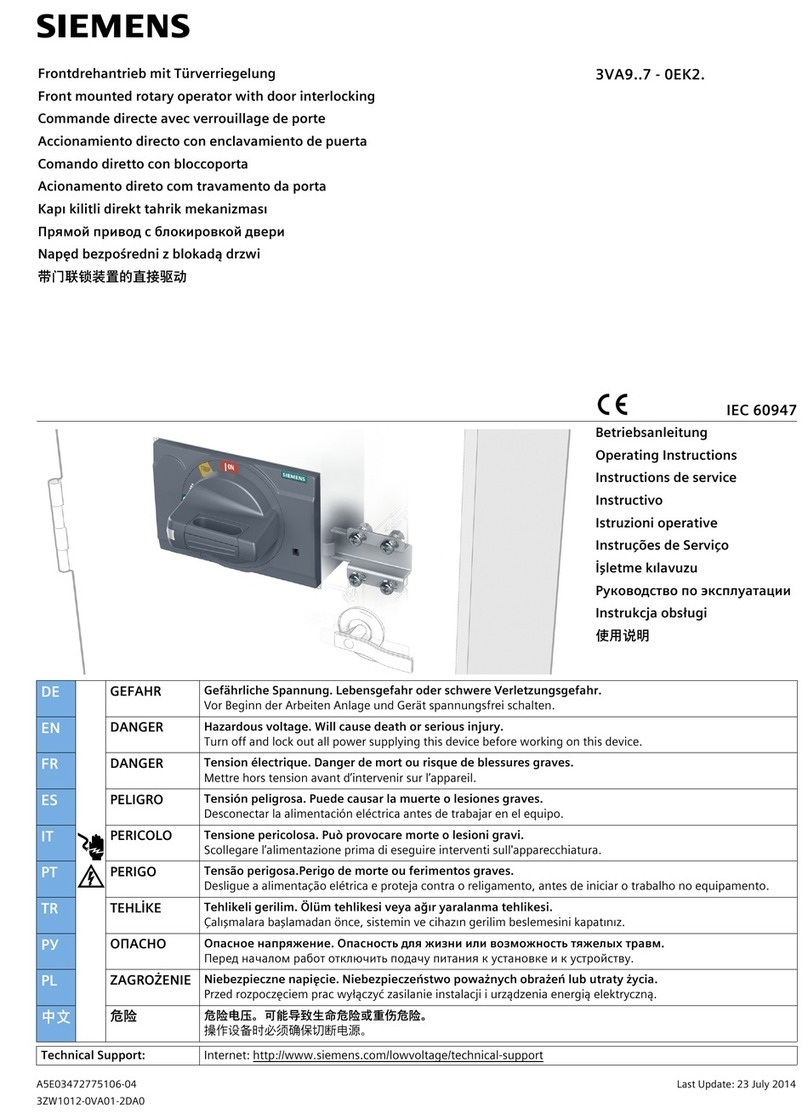
Siemens
Siemens 3VA9 Series User manual
Popular Controllers manuals by other brands

Digiplex
Digiplex DGP-848 Programming guide

YASKAWA
YASKAWA SGM series user manual

Sinope
Sinope Calypso RM3500ZB installation guide

Isimet
Isimet DLA Series Style 2 Installation, Operations, Start-up and Maintenance Instructions

LSIS
LSIS sv-ip5a user manual

Airflow
Airflow Uno hab Installation and operating instructions
